Natural relief
Humans have used plants for their therapeutic properties since ancient times, as well as essential oils, made with herbs. These herbs and oils are for topical use and can help in the treatment of varicose veins.
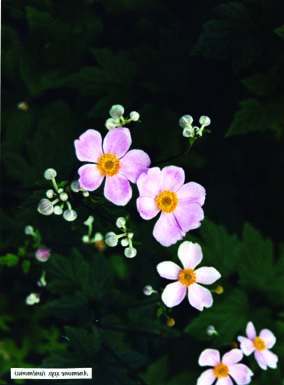
+ The medicinal plants recommended for the prevention and relief of varicose veins have two groups of characteristics: polyphenols and saponins. The polyphenols are subdivided into two groups, flavonoids and bioflavonoids that are powerful antioxidants found in herbs such as ginkgo.
Saponins, which support the circulatory system, are found in horse chestnuts, butcher's broom and gotu kola . The plant species included in the following pages are especially recommended for treating varicose veins. Some can be found fresh or dried, while others come in capsules, tablets or in powder form.
Pasque flower
(Anemonae pulsatilla)
• Parts used. The stems, leaves and dried flowers are used to make ointments by the process of maceration.
• This plant grows in humid forests; because of its large flowers it is also grown in many gardens.
• Pasque flower is a very effective sedative, especially to calm pain. Traditionally, this curative plant has been used as an ointment, prepared by fermenting in alcohol or vinegar.
• Warning. The fresh plant can be very toxic, but it becomes non-toxic when the plant is dried.
NOTE
You should always consult your physician before starting any herbal treatment.
Horse chestnut
(Aesculus hippocastanum)
• Parts used. The fruits and bark. The nut from this tree has a shell with one to three seeds insides, known as horse chestnuts.
• Minerals, sugar, starch and oils extracted from the seeds are a source of a saponin known as aescin, which has been shown to promote blood circulation. This plant possesses anti-hemorrhage, anti-inflammatory and anti-hemorrhoidal properties. Horse chestnuts are rich in vitamin P, which makes the hair more resistant and less permeable.
• It is also used for the treatment of varicose veins and inflammatory disorders of the legs. Horse chestnut is beneficial in the treatment of chronic venous insufficiency, edema, hemorrhoids, sprains and varicose veins. It is used externally as an anti-inflammatory.
• Warning. Do not use it if you are pregnant or breast-feeding. Do not use on children. In high doses it can cause nausea and diarrhea. It can also cause drowsiness.
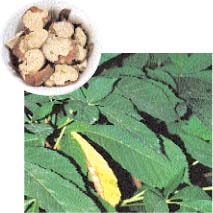
ESSENTIAL OILS FROM A TO Z
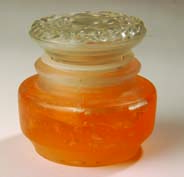
CAMOMILE
Sedative and relaxing, this oil is highly recommended for the treatment of varicose veins. It helps to relieve redness and bruising on the legs. There are many varieties of camomile, but we recommend Roman camomile for home remedies. This oil can be combined with lavender and orange.
Safety. Do not use during the first three months of pregnancy.
EUCALYPTUS
This essential oil is refreshing and decongestive, it is recommended for treatment of varicose veins. It has a fresh, intense and penetrating aroma. Combine with lavender, lemon and lemon balm.
Safety. Do not use it if you suffer from high blood pressure or in cases of epilepsy. It is best to always use this oil diluted.
WARNING
Essential oils are for external use only, they should never be ingested. Keep stored away from children and keep away from your eyes.
Gotu kola
(Centella asiatica)
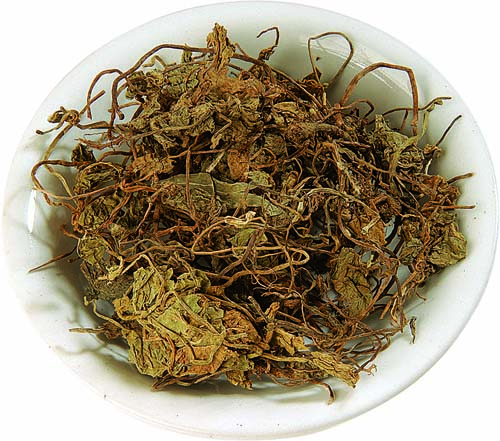
• Parts used. The leaves are used in a decoction or tincture for internal or external use.
• This is an ancient plant native to India and grown in other tropical countries such as Pakistan, Sri Lanka, Madagascar, South Africa and also in parts of Western Europe.
• The plant has antioxidant powers, giving it a strong purifying and detoxifying action. It fights against scars due to its rejuvenating effects on the skin. It improves the flow of blood while strengthening the veins and capillaries. It has been used successfully to treat phlebitis, leg cramps, and abnormal tingling of the extremities.
• Warning. Do not take it if you are pregnant or breast-feeding. Avoid this herb if you have kidney or liver problems. If you suffer from gastritis or ulcers you should avoid taking gotu kola, because saponins can cause gastric irritation. This herb can cause slight drowsiness, it's advised to avoid driving heavy machinery after taking it. Very high doses can cause nausea.
PURIFYING TISANE
Place 4 cups of water in a small pot with a cover and place on the stove. When it is at boiling point, add 2 tablespoons of dried gotu kola leaves. Cover the pot and let boil for 5 more minutes. Remove from the flame. Let sit for another 5 minutes and then drain. Drink 1 cup of this tisane before a meal (this recipe can be used during the course of the day). Continue this treatment for at least 3 weeks. For topical use, mix with marigold cream, adding 30 drops of this liquid to 1 tablespoon of marigold cream.
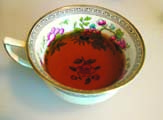
Cypress
(Cupressus sempervirens)
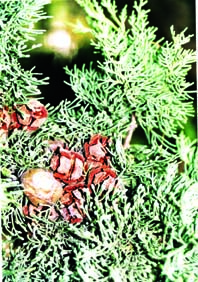
• Parts used. The pine cones; the leaves and tender branches are also used.
• This tree is considered sacred by numerous cultures, for its long life and deep green color. It is also called “the tree of life”
• This treatment helps to protect the capillaries and acts against hemorrhoids. The plant is rich in bioflavonoids, which are the principal active ingredients (in particular tannins) that help to soothe dilated veins. It is used for the treatment of varicose veins, venous ulcers and edemas (swollen ankles and legs).
• Warning. Do not take this herb during pregnancy or if you are breast-feeding.
ESSENTIAL OILS FROM A TO Z
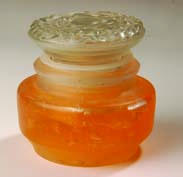
FENNEL
This is a cleansing oil that helps to eliminate toxins. It has a very fresh and herbal aroma.
Safety. Do not use during pregnancy or if you suffer from epilepsy. We recommend alternating with other oils.
GERANIUM
It is balancing: stimulating and a sedative at the same time. Thanks to its diuretic properties it helps to relieve water retention and aids in the treatment of edemas. It cleans the skin and stimulates blood circulation to the skin. Blend with bergamot, jasmine, lavender, mandarin, camomile, rose, rosemary, sandalwood and basil.
Safety. Do not use during pregnancy.
Ginkgo
(Ginkgo biloba)
• Parts used. The leaves are used internally (in extracts, tablets and infusions) and externally (compresses and cataplasms on affected areas).
• Native to China, this tree is legendary, its medical use in China has been traced back at least 5,000 years.
• Its principle active ingredients (flavonoids, ginkgo flavones and terpen lactons) are powerful antioxidants that block the toxicity of free radicals. Ginkgo increases circulation to both the brain and extremities of the body. This plant regulates the tone and elasticity of blood vessels. In other words, it makes circulation more efficient. This improvement in circulation efficiency extends to both large vessels (arteries) and smaller vessels (capillaries) in the circulatory system.
• Ginkgo is recommended for varicose veins, tired legs and degenerated muscles, peripheral vascular diseases and edemas.
• Warning. It's important that you consult your doctor if you are taking other medication for circulatory problems, especially drugs that fight blood clots. In large quantities, ginkgo can provoke adverse reactions.
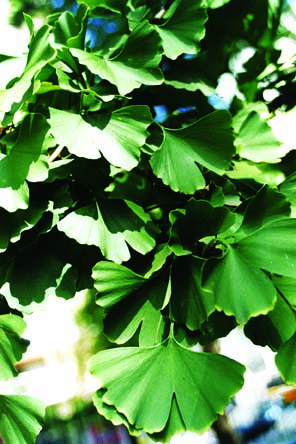
ANTIOXIDANT INFUSION
Place 1 tablespoon in 1 cup of boiling water. Drink before meals, twice daily.
Important. The leaves that have therapeutic properties are yellowish rather than green.
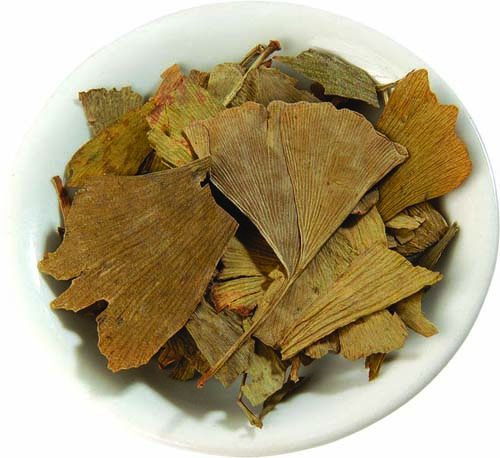
English ivy
(Hedera helix)
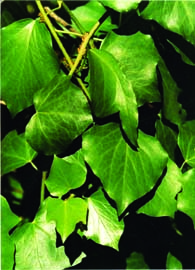
• Parts used. The leaves and stems are used in a decoction for baths.
• This plant is a climber and stays green all year long. The winding stem grows quickly, it's usually seen on the sides of buildings or growing up fences. It lives for decades and can survive harsh weather.
• Ivy is used in gardens all over the world to cover walls and the ground, as if it were grass.
• Warning. If this plant is used incorrectly it can be toxic. To take advantage of its properties apply a decoction of boiled or macerated leaves (cooled down) on the affected area. The fresh plant can cause dermatitis with prolonged exposure. Do not use during pregnancy.
ESSENTIAL OILS FROM A TO Z
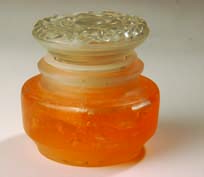
GRAPEFRUIT
Helps to relieve swelling and tiredness in the legs, it is revitalizing and refreshing. This oil can be used during pregnancy, and is recommended to prevent varicose veins during this stage of life.
Safety. It should be used diluted. Avoid exposure to the sun after use.
LAVENDER
This oil has a clean and floral perfume. It is a versatile and widely used oil; it can be combined with most essential oils. Its pain relieving properties can be used for the treatment of varicose veins. It also stimulates skin rejuvenation, helping to prevent scarring.
Safety. Do not use during the first three months of pregnancy.
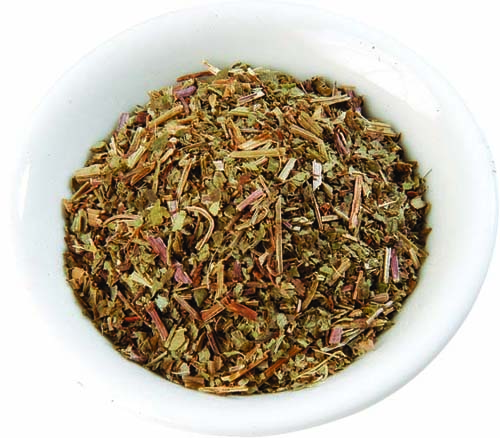
Sweet clover herb
(Meliloto officinalis)
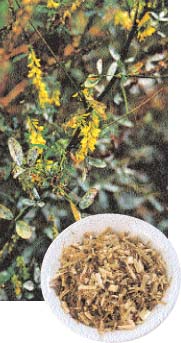
• Parts used. The flowers.
• This herb is high in bioflavonoids which help to protect blood vessels and have a sedative effect. It contains a high amount of coumarin that activates blood circulation in the veins, thins the blood and stimulates lymphatic circulation. Applied externally it has light astringent and anti-inflammatory properties.
• This herb is recommended for the treatment of varicose veins, loose skin, edemas, and hemorrhoids and to prevent thrombosis.
• Warning. Do not use this herb if you are taking blood clotting drugs or other medications which prevent bleeding. In high doses, this drug can have a slight narcotic effect accompanied by headache and nausea.
Evening primrose
(Oenothem biennis)
• Parts used. The entire plant (rhizomes, roots, seeds, flowers and leaves). Used for making decoctions for external compresses or in oil (taken in capsule form) for internal use.
• This plant has been used for centuries by the native Americans as an infusion in hot water to treat wounds and other skin problems.
• Primrose oil contains gamma linolenic acid, a fatty acid that the body converts to a hormone-like substance called prostaglandin E 1 (PGE 1 ). PGE 1 has anti-inflammatory properties and may also act as a blood thinner and blood vessel dilator.
• Warning. High doses can cause gastric discomfort and vertigo. Applied locally, this plant can make the skin feel freshened, but can cause contact dermatitis.
DECOCTION FOR COMPRESSES
Boil 5 tablespoons of primrose root in 4 cups of water, until it reduces to ? the original volume. Apply as compresses before going to bed.
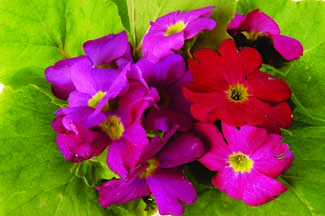
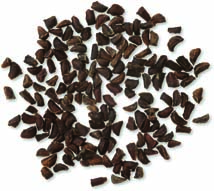
ESSENTIAL OILS FROM A TO Z
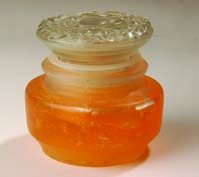
MARJORAM
Its warming, analgesic and sedative nature calms and relieves spasms. It has an herbal, almond like aroma.
Safety. Do not use during pregnancy.
MYRRH
This oil has a warm and resonating aroma that has a relaxing effect. Many people use this essential oil for meditation. Myrrh tones and relaxes at the same time. It is recommended for treating flaccid, dry or aged skin because of its renovating effects. Blend with geranium, lavender, and tangerine. It doesn't have any side effects.
NEROLI
This oil helps to stimulate cellular regeneration, making it an oil recommended for treating damaged skin. It has a light, floral aroma that has sedative properties. It blends well with other citrus oils and with lavender and eucalyptus. It doesn't have any side effects.
Butcher's broom
(Ruscus aculeatus)
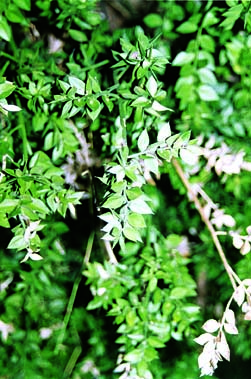
• Parts used. The stems, rhizome and brush-like leaves are used. Mostly the rhizomes are used in infusions, decoction, tinctures and extracts for internal and external use.
• Butcher's broom is a spiny, small-leafed evergreen bush native to the Mediterranean region and to northwest Europe. It is a member of the lily family and is similar to asparagus in many ways.
• Recent pharmacological findings indicate the vasoconstrictive and anti-inflammatory properties of butcher's broom. The saponins it contains constrict the veins and decrease the permeability of capillaries.
• This herb is recommended for the treatment of varicose veins and edemas. It might also help the skin to recuperate after phlebitis. Also used in the treatment of hemorrhoids and brittle hair. It is recommended for internal use to prevent water retention. It is also used in cases of overweight and cellulitis.
• Warning. If you have high blood pressure, heart palpitations or moderate to serious kidney problems, use butcher's broom only under the guidance of your physician. This herb can provoke gastric intolerance.
BUTCHER'S BROOM POMADE
Dissolve butcher's broom extract in sweet almond oils, in a proportion of 1 part to 5. Massage on the skin, using upward motions.
Japanese pagoda tree
(Sophora japonica)
• Parts used. The flowers; sometimes the leaves and dried bark in decoctions.
• This large tree is native to China and Japan. This tree is used for decoration because of its deep green leaves, yellow flowers and ample shade. It is resistant to both cold and hot temperatures.
• This tree's main active ingredient is rutin, a flavonoid that supports circulation. This plant also contains a number of flavonoids that decrease the blood capillaries’ permeability and reinforce resistance. The pharmaceutical industry uses rutin from this plant to make a tonic to treat venous problems.
• Warning. Do not use during pregnancy or while breast-feeding.
PHYTOTHERAPY
Plants and their extracts can be used in different ways. Some of these are:
• Oils. Prepared by macerating the dried plant or its roots with an aqual quantity of oil (almond, walnut, etc).
• Extracts. This is the substance obtained when a dilution of the plant, in water or alcohol, has been partially evaporated, leaving a strong concentration of the plant's liquid.
• Hidrolyzed. When the plant is kept in contact with water, whether by maceration, infusion or decoction.
• Lotion. A liquid preparation, (from either an infusion or a decoction), filtered through muslin. Lotion's are for external use.
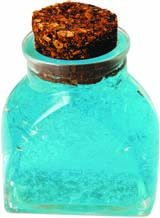
• Powders. Obtained by milling the dried plant (with pestle and mortar or with a grinder) or its parts (roots, flowers, etc).
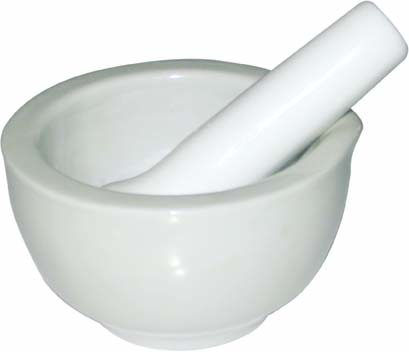
• Tincture. The liquid obtained by dissolving the active part of the plant in an appropriate liquid.
ESSENTIAL OILS FROM A TO Z
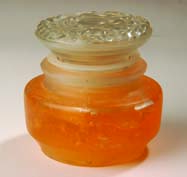
ROSE
This oil is especially recommended in the treatment of varicose veins and dried, aging skin. Its sweet and warm aroma has sedative properties that help to restore the body's balance.
Safety. This oil shouldn't be used during pregnancy.
ROSEMARY
Intense and clean aroma that has stimulating properties that can help to stimulate circulation. This oil also possesses diuretic properties that make it ideal for fighting varicose veins.
Safety. Do not use during pregnancy. People with high blood pressure or who suffer from epilepsy shouldn't use this oil.

Comment about this article, ask questions, or add new information about this topic: